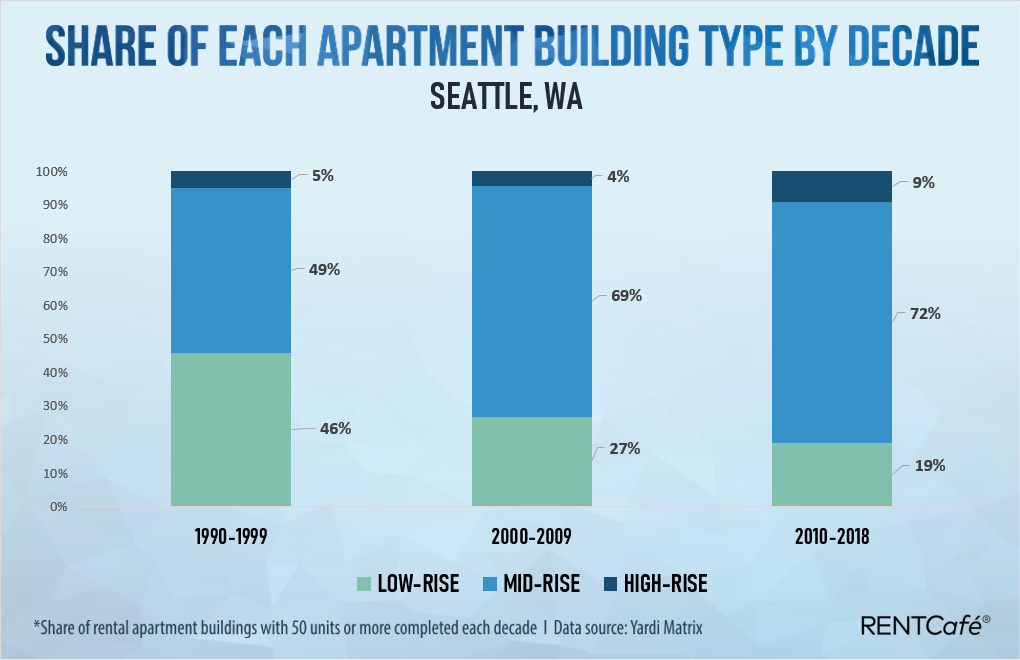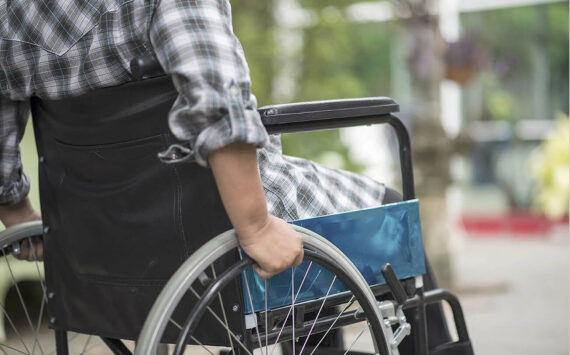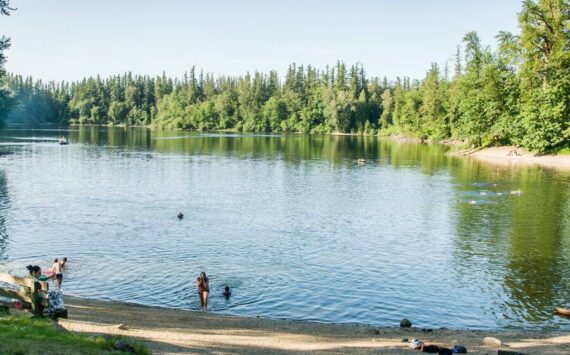From sprawl to tall, Tacoma/Pierce County is changing
By Morf Morford
Tacoma Daily Index
It is not just visitors who notice the dramatic growth and development in and around Tacoma.
Virtually every corner of Tacoma, for better or worse, has construction cranes, blocked streets or massive buildings in some state of development.
And most of these are not small. From Tehaleh, an 1,800 acre – and more than 1,500 home – development (between Orting and Bonney Lake) and multiple apartments and hotels going up in downtown Tacoma, it could not be more obvious that Tacoma’s sleepy days are long gone.
For now at least, the rate of construction in Tacoma is nothing like Seattle, our growth, and the change in categories of growth is, by any standard, astounding.
To summarize the graphic below, 95% of construction between 1990 and 1999 was low rise, primarily single-family residential. You don’t need to be an urban planner to know that single-family homes (and their accoutrements like driveways, yards, utilities and general infrastructure) take a massive amount of space and financing.


Tacoma in particular has gotten vastly more dense in the past few years – and everyone’s budget seems to be maxed out.
The obvious answer is to build up.
Notice the jump in mid-rise construction (between 5-12 floors) from the late ’90s to 2018. Mid-rise constituted 5% of construction from 1990 – 1999, to 27% from 2000-2009 and all the way to 55% from 2010 to 2018.
I am convinced that the 27% mid-rise construction rate of 2000-2009 is artificially low thanks to the Great Recession which hit the real estate market particularly hard.
In those years population grew even as the real estate market didn’t.
Which made the stunning increase in real estate prices inevitable.
Since then prices and population have largely stabilized.
Given those construction and demographic trends, it is also obvious that growth, prices and building heights will continue to go up.
The average height of new construction (from 2010-2018) is five floors compared to three in the 1990s.
Again, this is not much compared to Seattle which has had six residential skyscrapers (more than 40 floors) and a total of 34 high-rise apartment buildings constructed in Seattle in the last three decades.
And as we all know, most of that growth happened in the past five years or so. In fact 9% of construction in Seattle has been 13 floors or more since 2010.


Graphs courtesy of RENTCafé.
Seattle’s average building height went from five floors in the 1990s to eight in 2018. Seattle’s tallest apartment high-rise (The Stratus Building) is 43 floors and has 396 units.
One of the ironies is that Tacoma, for decades, has looked longingly at Seattle for jobs, development and investment.
Now that our landscape is looking more like Seattle every day, many of us are not so sure.
Investment money, for the first time in decades, is pouring into Tacoma and it is making some of us reconsider what we are selling and what we are getting in return.
Tacoma is not Seattle, and more and more of us are glad to keep it that way.
How long this trend of growth in construction and prices continues is anyone’s guess, but single-family homes are becoming more expensive and less desirable with each passing year.
No matter what happens, there is no looking back. Tacoma/Pierce County is a very different place than five or ten years ago.








